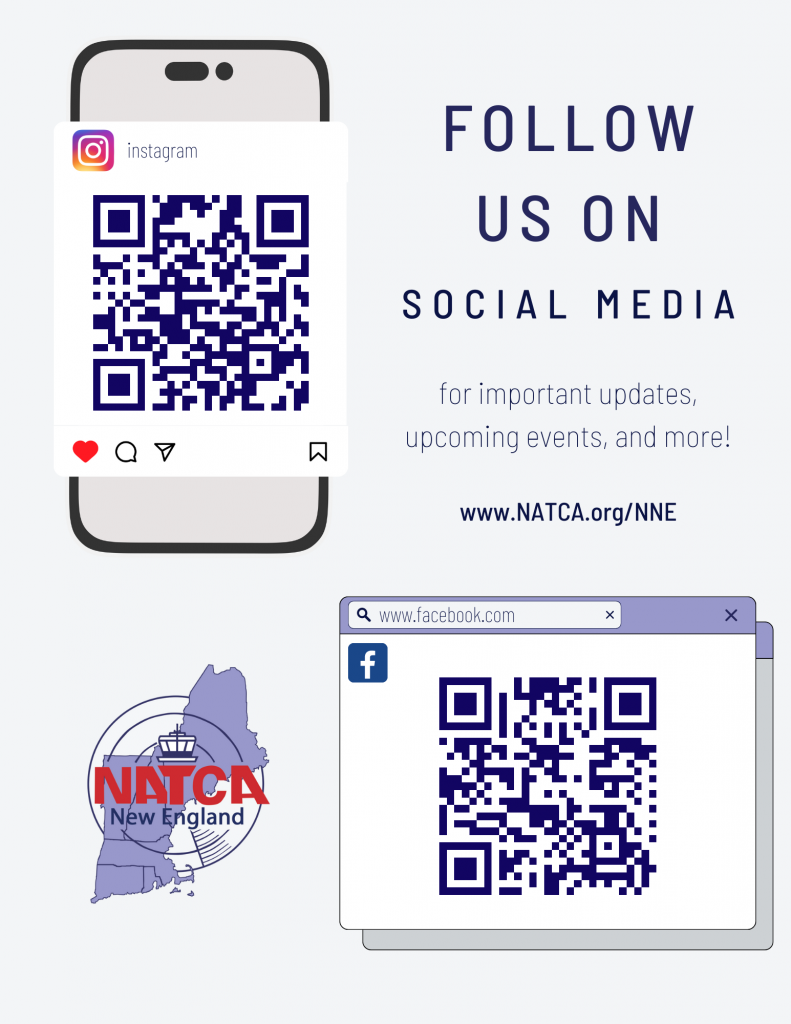
February 2023 New England Bi-Monthly Regional Update #1
From Mick Devine, NATCA New England Regional Vice President
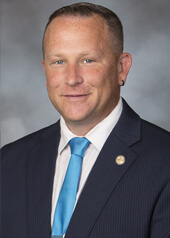
Over the last two months, I’ve spent most of my time in Washington, D.C. as part of the CRWG team with NATCA, the FAA, and MITRE. We worked Monday through Friday, all day on calculating the number of CPCs that are required per facility for not only the operation need but all the other duties required as part of our job. While some of these were captured in 2014 when the original CRWG numbers were calculated, many new requirements were added and the ability to capture some we missed has gotten easier.
Why are we doing this? If you remember, a few months back, President Rich Santa got an agreement with the FAA Administrator in which, going forward, the Controller Workforce Plan would include an accurate depiction of our staffing health, which would require new, up-to-date staffing numbers rather than the arbitrary staffing ranges that FAA Finance reports every year, which is currently reported as 103% staffed. This is a game changer for our staffing and completes NATCA’s decade-long fight that we have been engaged in.
The CRWG had to have this process completed by January 31, 2023, and on that day, we were able to send up our executive summary to the FAA Administrator and NATCA President Santa. The release of this data to the field has not yet been determined. In accordance with the letter from Billy Nolan to Rich Santa, once this process was complete, there would be an approval process on the data. This data would then be put into the Controller Workforce Plan. From there, it will be up to Congress to then properly fund our staffing using this data, and not the inaccurate data FAA Finance had been providing over the last decade. It was their data that got us into our current staffing position.
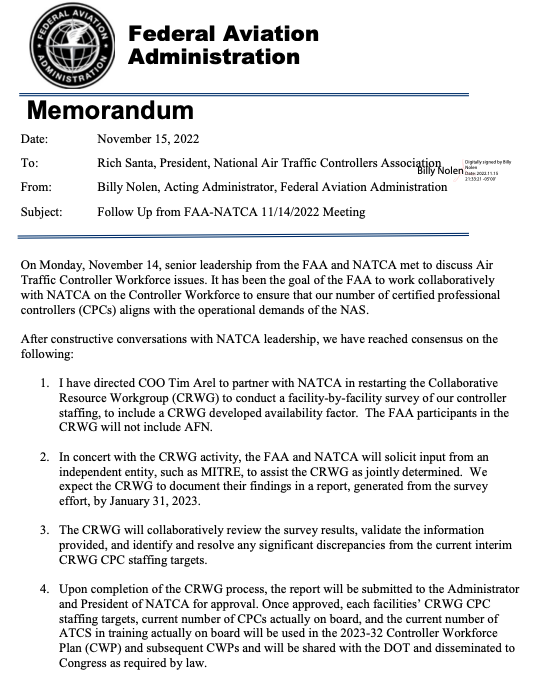

We understand there are many concerns in the field of some of the other effects new staffing numbers will have on all the surrounding processes that we use like NCEPT, Hardships, Deviations, etc. These concerns are valid and understandable. We have discussed that there will be an obvious effect on some of those processes, but they won’t be extreme and immediate. The parties at the national level will address all those processes individually. Movement throughout the NAS cannot come to a halt simply because we were able to adjust our numbers to reflect accurate staffing needs. The effects of the new CRWG numbers will vary by building. Obviously, some facilities will go up, some will go down, and some will stay unchanged. It’s the overall effect on the collective that we must consider going forward. Changes to our processes will be well thought out, and in many cases, worked in slowly over time.
Implementation will not be immediate. What is the one change we hope to see immediately?—an increase in hiring to ensure we start to fill the new voids in the NAS that are now being reported. President Santa was also able to get the FAA to move millions of dollars to support the training of an increased number of new hires by trying to allow better throughput at the academy and more simulators in the field. Will the US Congress staff to the new numbers? That’s still yet to be seen, but President Santa made sure if they do, we will be ready.
As the heavy and consistent workload of the CRWG comes to an end, the leadership team is working together to schedule visits to each of our buildings soon. We were able to sneak in a two-hour visit to A90 last week for their membership meeting. Kudos to their facility leadership on their attempt to bring back as many non-members as they can, including a few who have asked to return. They have also begun the process of reaching out to those non-members that haven’t informed them that they wanted to return. The facility voted on offering an olive branch out to all their non-members by giving them a one-month window to rejoin and the facility would reimburse them their one year’s dues fine to rejoin. It was good to see the changeover in leaders on their Local Executive Board and so many new faces in those types of positions. That is the definition of a successful local—new blood getting involved to make changes in their facility direction.
From Scott Robillard, NATCA New England ARVP
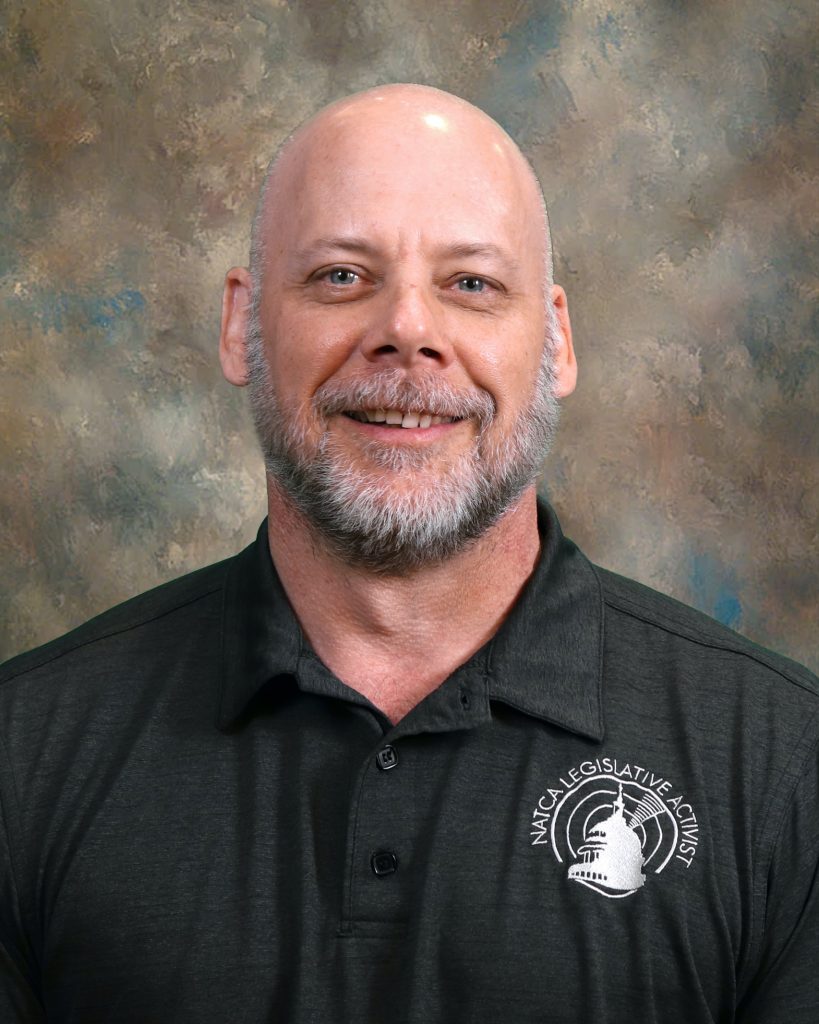
Hello NATCA New England. This month I would like to bring to everyone’s attention the no-so-clamorous side of being a Facrep, Local Executive Board (LEB) member, or regional LR Team member. Record keeping. Occasionally, we run into instances where the Agency makes some “less than truthful” statements or accusations. In some, they even try to use material that is fraudulent.
Now I suspect some are wondering; how can that possibly be true?!?
I will use three separate examples and all three have happened in the last year in New England:
1) FAA conducts a security investigation into an employee. Upon the investigator entering the building, the Air Traffic Manager briefs the investigator that the employee to be interviewed has an 8-month-old Letter of Reprimand (LOR) for the same type of offense.
Fact: The FAA issued an LOR 8 months earlier, but the LOR was rescinded when it was proven that the events claimed in the LOR did not occur.
Impact: The ATM created a predisposition of guilt in the mind of the investigator that was corrected during the 1-on-1 pre-meeting between the investigator and the NATCA Representative.
2) FAA used as supporting evidence in a discipline case that an Operational Supervisor (OS) had counseled the employee previously for bad behavior prior to the event in which they were being suspended for.
Fact: The Operational Supervisor (OS) had not conducted any consoling whatsoever.
Impact: The employees’ discipline was reduced to a mere fraction of the proposal and the Operational Supervisor (OS) was suspended for making false official statements.
3) FAA issues multiple employees with proposed suspensions of more than 30 days. When applying the Douglas Factors for similarly situated employees (which is required by Contract and case law), the Agency only considers the proposal suspension length of other cases, not how the cases were adjudicated based on the facts.
Fact: Similarly situated is what happened. Not what a rouge HR/LR Specialist or manager wants to propose.
Impact: If allowed to stand, the FAA would propose all suspension at 100 days. Setting all proposals at 100 would eliminate this specific Douglas Factor.
Representatives need to keep accurate records. They need to review historical information and remember what has happened in their building. When something new happens in a facility, they need to seek help from regional teams. They need to educate their membership that if an Operational Supervisor (OS) or FAA Investigator wants to meet with you, it is not to wish you a happy birthday or give you a performance award. It is because they want something and it’s normally not good.
If they want to give you a performance award, they will have an all-hands meeting. Management seems to find time for their managers’ meeting, but when was the last time they held an all-hands meeting in your facility?
Labor Management Relations
From Carrie Cassano, NATCA New England LR Coordinator, BDL
The LR team has been hard at work preparing for the first quarter pre-PAR set for February 14, 2023. We have 7 grievances from A90, BOS, and ZBW dealing with a range of topics from more than 2 hours on position, sick leave counseling and restriction letters, forcing Holiday leave, leave bypass, and un-approval of leave.
Training Information
From Lisa Fulford, NATCA New England Training Rep, A90

This logo is borrowed from CFS and is something I truly believe in. I don’t believe that training ends once a trainee reaches certification on all positions and becomes a Certified Professional Controller.
We should strive for continuous learning and continuous improvement every day. Every level controller has the opportunity to learn from one another. We are all a valuable part of the air traffic system and there is a high level of dedication to the safety of the NAS that is demonstrated on a daily basis.
Boston District has been at the top for the number of hours trained per week in the NTI for the last four weeks. However, this does not always mean that valuable training is taking place. Management’s focus is on the goal of the NTI, which is a certain number of hours per week based on the level of the controller and the currency they are required to maintain. We all know in New England, that the traffic slows with the winter months.
Therefore, it is our responsibility to find meaningful ways to train with the available resources within the facility. Training in the classroom or lab is taken into consideration in calculating the average for the NTI. If you believe that meaningful training cannot take place on live traffic, you have a responsibility to communicate that to your supervisor as well as to your training rep. The goal of the NTI is not only to achieve a certain number of hours per week but to also have a positive progression of training. The New England Region and the Boston District have had several trainees certify and become CPCs in the last several months. Although not a calculation and meeting the goal of the weekly NTI numbers, it is the ultimate goal of the NTI.
Thank you for all of your hard work and dedication. As your Regional Rep, I applaud the time and effort you put into training. As always, please feel free to contact me and the regional training team at [email protected].
Safety Management
From Seth Myers, NATCA New England Safety Rep, ZBW

This month Safety would like to give an overview of a safety process that goes on in every facility in the NAS. A process that finds our facilities’ collective strengths and weaknesses. This process is contained within chapter 5 of the 7210.634A, ATO Quality Control order.
Compliance Verifications (CVs) are a way of assessing performance and identifying areas for improvement within your facility. CVs must be conducted in accordance with Article 51 of the FAA/NATCA CBA which defines union participation in the process. Internal Compliance Verifications (ICV) are planned assessments accomplished with the use of a checklist and random sampling methods to include, but are not limited to, direct observation (sitting behind you in the operation) and indirect monitor (listening remotely either live or to a recording).
ICV Assessments must be conducted annually by the designated NATCA/FAA team. This group will utilize direct or indirect observation to evaluate items on the Compliance Verification Tool (CVT) checklist. Items are evaluated by the team on this checklist and findings are either observed as Exemplary (E), Compliant (C), non-compliant (NL, NM, NH), or Not Observed (NO). Non-compliant items have three different designations depending on the risk of the non-compliant item to the National Airspace System.
Facilities must respond to items identified as introducing risk or non-compliant by creating a Corrective Action Plan (CAP) for each item. To close out a CAP the facility must document the processes used to ensure the effectiveness of the mitigation.
Every facility has strengths and weaknesses when performing our required tasks. ICVs are one of the many tools to help highlight those. If you neglect your weaknesses, they will eventually overshadow your strengths. Do you know what your facility’s non-compliant items are? Does your facility have a sound mitigation strategy to correct these? Talk with your FacRep, Facility Safety Rep, or your Local Safety Council members and find out.
NATCA Benefit Spotlight

Another new benefit brought to you by the NATCA Benefits Committee!
NATCA Benefits Introduces Sylvan Learning Center!
Whether your child needs to catch up or is looking to get ahead, Sylvan’s experts and proven success will put your child on the path to success! Members and their extended family will enjoy 15% off either in person or online for K-12 and College prep!
Head to www.natca.org/benefits for more information!
NATCA Committee Chair Meeting
From Shannon Lyman, NATCA New England Communications Lead, ZBW
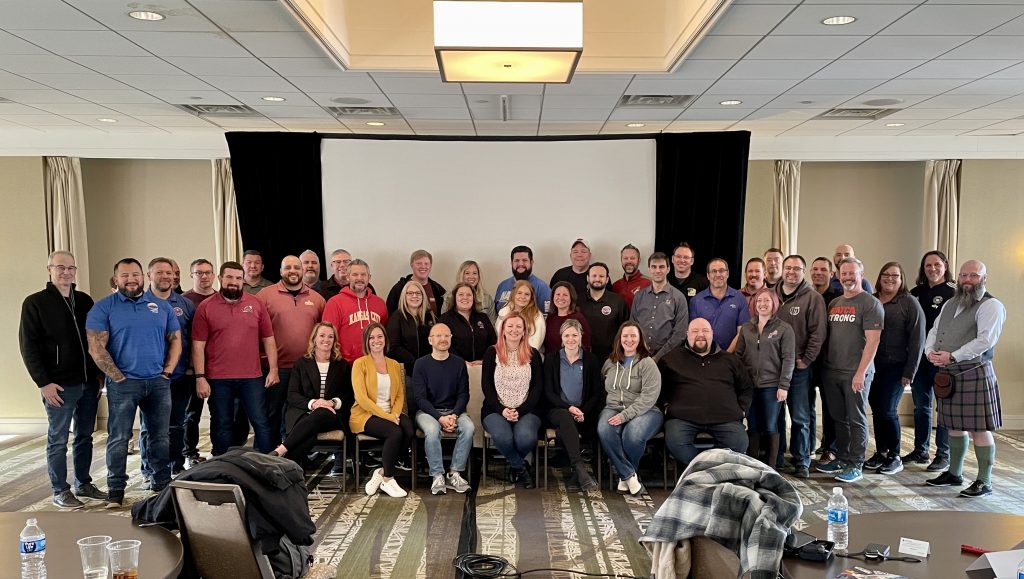
This week, I attended the first Committee Chair meeting that had been held for quite some time. This was my first meeting as a new committee chair of the new Communications Committee, so I expected to learn a lot. The meeting was a unique type of meeting; a few weeks beforehand we were all given a survey to complete and we reviewed the responses during this meeting.
We had robust discussions about the communication among the leadership ranks of NATCA and how we could improve upon that. I was able to share with the group the structure of New England’s leadership communication in hopes that it may help other regions in their quest for better communication. When leaders have the information they need to do their respective committee’s jobs effectively, it benefits the most important people: you, the members!
Another large part of our meeting was discussing what we thought were challenges to NATCA and ways to tackle those challenges. Some of these conversations can be hard to have, but they are important to the organization as a whole because we are always striving to move our union toward an even better future.
I returned home with a list of ideas for both the New England Region and the NATCA Communications Committee and I look forward to putting some of these ideas into action! We strive to provide you with as much information as we can about what’s happening in your union, and if you have any ideas or feedback on how we can improve, please reach out to me at [email protected].
